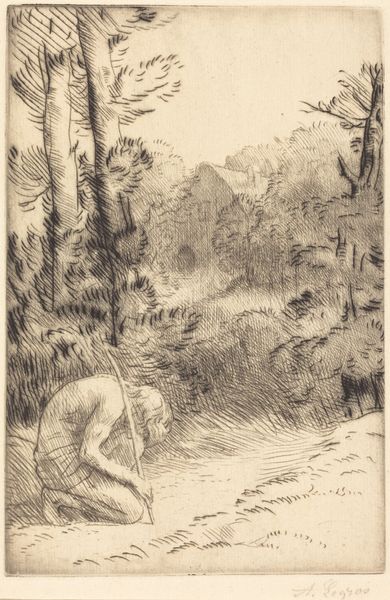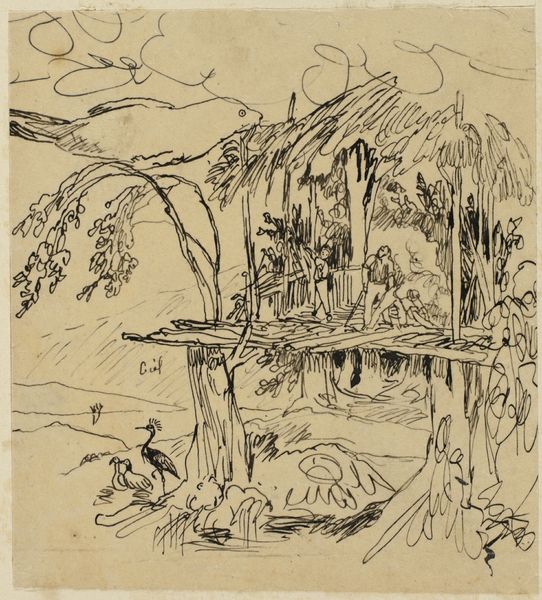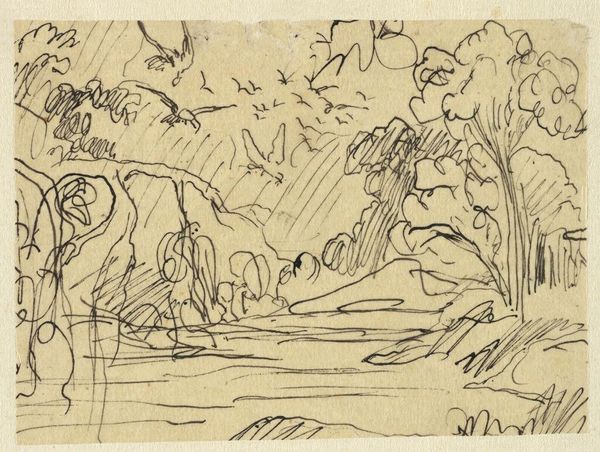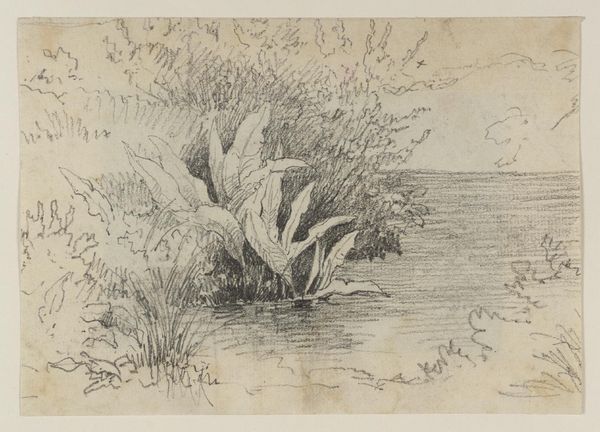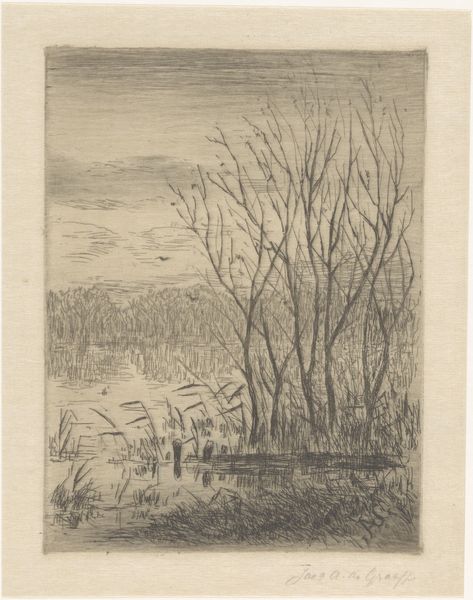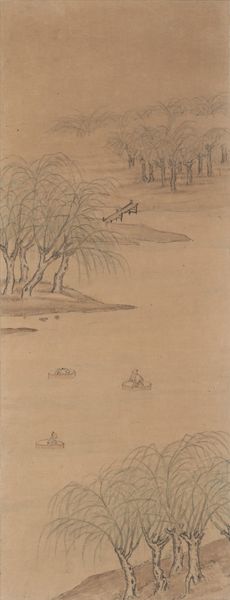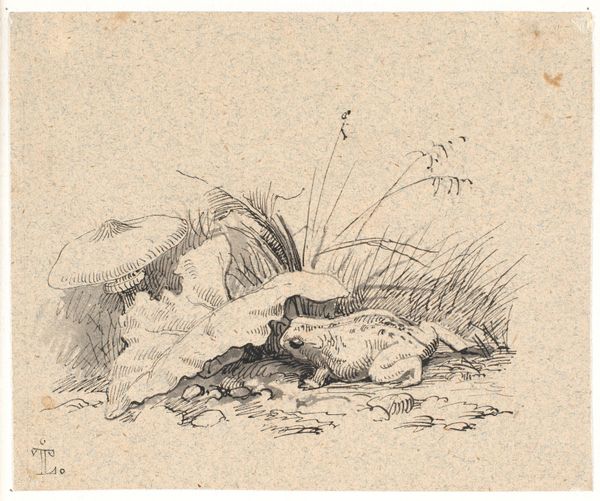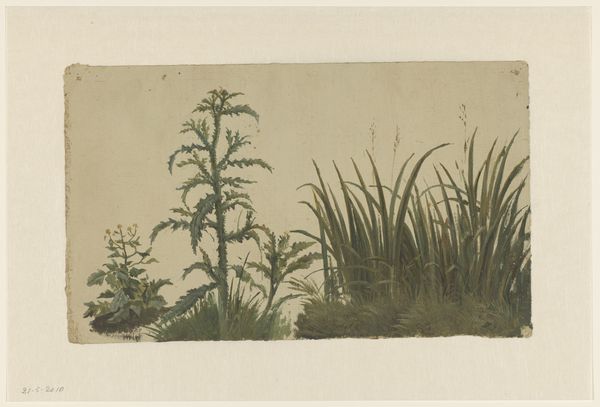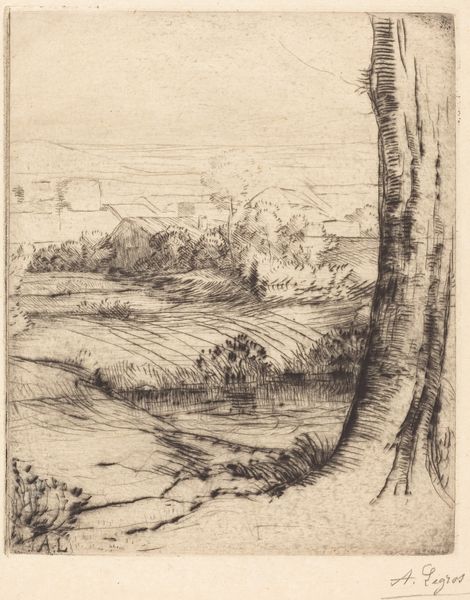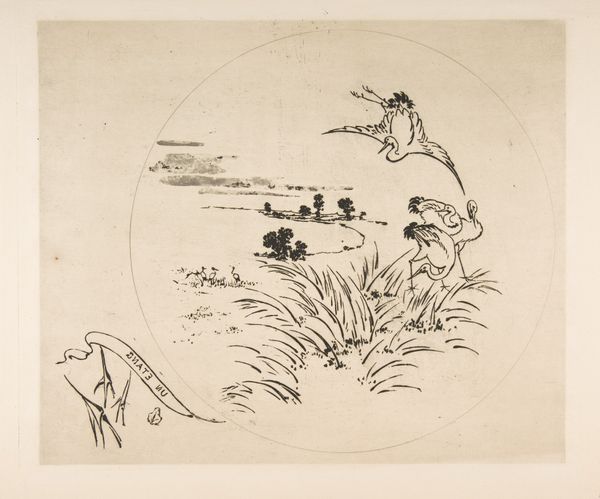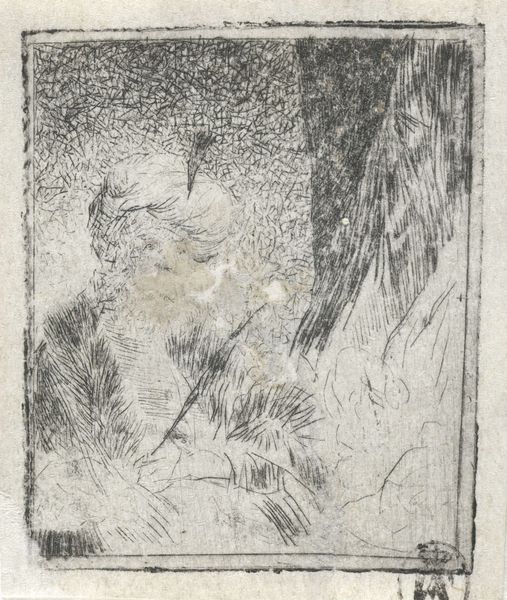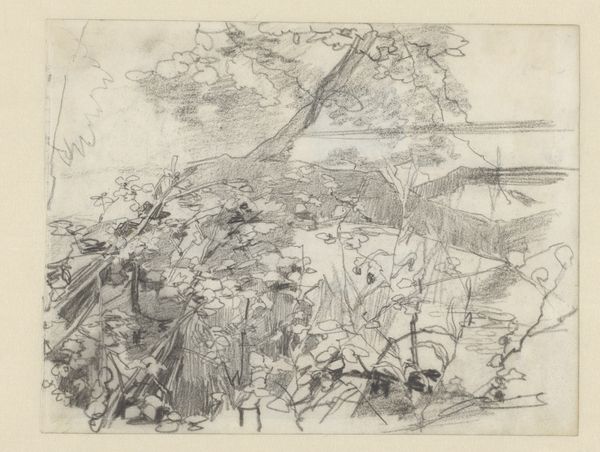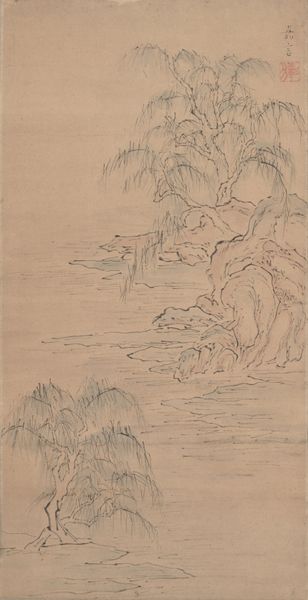
drawing, lithograph, print, ink, graphite
#
drawing
#
lithograph
# print
#
caricature
#
ink
#
graphite
#
genre-painting
#
history-painting
Copyright: National Gallery of Art: CC0 1.0
Honore Daumier made this lithograph, Marius a Minturnes, in nineteenth-century France. Here, he references the story of the Roman general Marius, who was captured and forced to hide in a swamp. Daumier uses this ancient story to comment on contemporary French politics. Marius, though of noble origin, was considered a populist leader. France at the time was deeply divided between those who wanted a republic that would give power to the people and those who favored a return to monarchy. In this context, Daumier uses the image of Marius as an emblem of the risks of popular sovereignty, with the swamp representing political turmoil. Understanding this image requires understanding the fraught politics of 19th-century France. As art historians, we can consult archives, newspapers, and political pamphlets from the time to better understand the relationship between Daumier’s art and its social context. The meaning of Daumier’s image, like all art, depends on its historical and institutional setting.
Comments
No comments
Be the first to comment and join the conversation on the ultimate creative platform.
